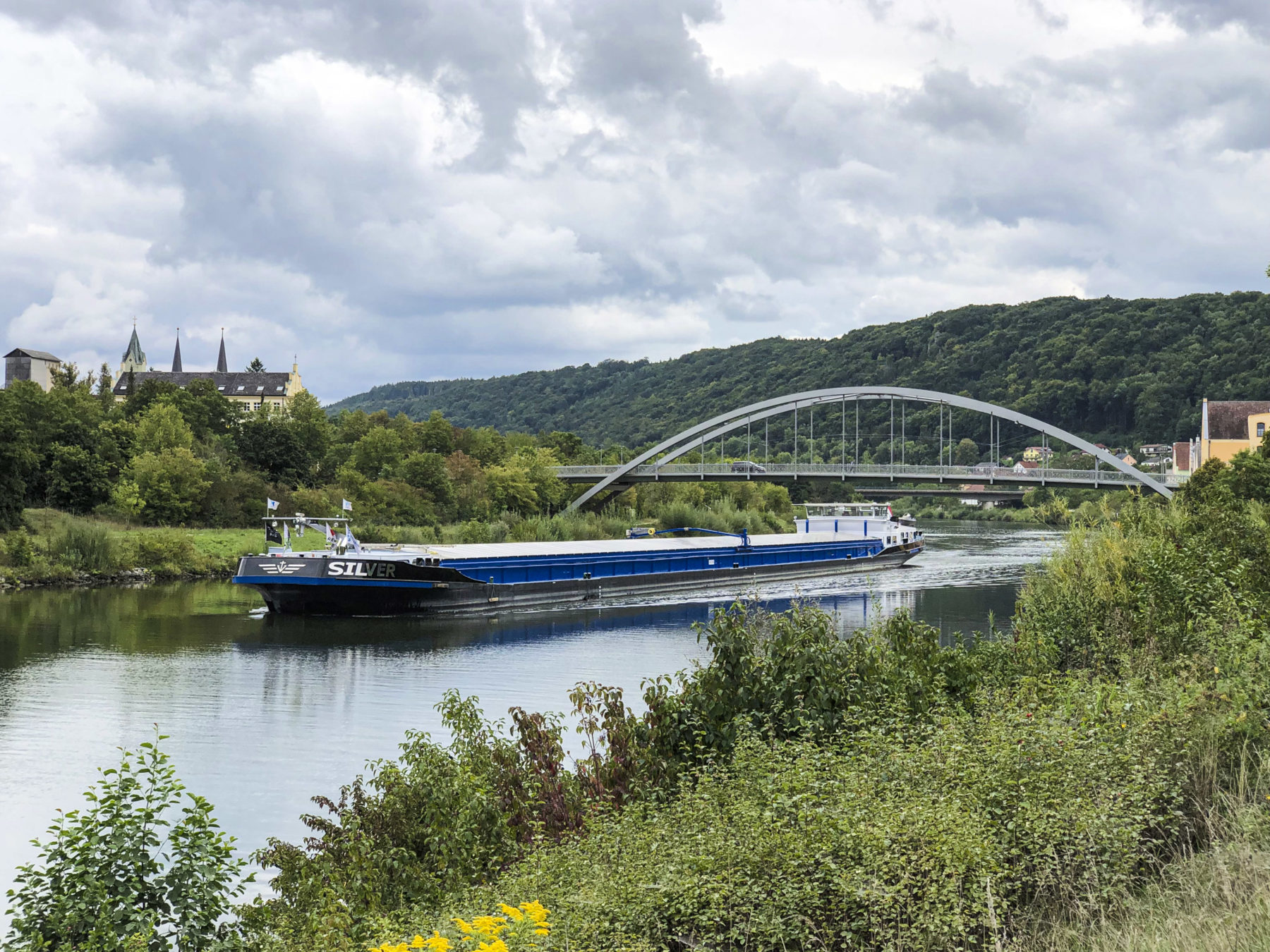
- Home
- Discover
- For schools
Information for pupils
The "Schifffahrtsfibel" (Shipping reader) of the WSD.
The Water and Shipping School for third and fourth-graders is anything but dry, and experimentation is allowed. Build your own water circulation system or the oldest ship in the world. The Shipping Reader will be your guide.
You can download the 60-page PDF here (in German only).
Would you like a free printed version? We would be happy to send you one. Just send an email with your address to: holding@bayernhafen.de.
PS: Would you like to experience the port in person? Visit one of our Port Events and take a look behind the scenes.
It’s all the same: water! The world of water is diverse and fascinating. The Water and Shipping School’s “Schifffahrtsfibel” leads you into an exciting world.
The Danube is the most international river in the world: it passes through 10 countries on its way from the Black Forest to the Black Sea.
A lot. When goods are transported, a lot of energy is consumed and lots of greenhouse gases (carbon dioxide, methane, nitrous oxide) are released. But, compared to road freight transport, inland waterway and rail transport are more environmentally friendly and release significantly less greenhouse gas: In order to transport one tonne (1,000 kilograms) of goods a distance of 100 kilometres, a barge releases an average of 3 kg of greenhouse gases; a train, 2 kg; and a truck, 10 kg.
Information for teachers
The Water and Shipping School – with Inland Ports and Logistics
The “Wasser- und Schifffahrtsdirektion Süd (WSD)” introduces children to the fascinating world of water with a teaching concept for 3rd and 4th grade pupils, the “Water and Shipping School”.
The topics covered by the “Water and Shipping School” include water cycle, habitat river, waterway, shipping and climate change. Teachers will find a variety of practical suggestions for teaching. The “Water and Shipping School” was honored by the German UNESCO Commission as a project of the UN Decade of “Education for Sustainable Development”.
Now there are two new topics - “inland ports” and “logistics”, because the port affects us all. bayernhafen has worked together with the association responsible for inland waterways in Germany, the Bundesverband Öffentlicher Binnenhäfen e.V. (BÖB), to prepare the teaching materials for these two topics. The new 33 pages show the role of inland ports as an important part of the logistic chain.
The extended “Water and Shipping School” …
- describes for example the route mobile phones, sneakers & co. take to get to local shops
- tells the success story of the multi-talented container,
- searches for the best mode of transport
- describes the various jobs people do in the port
- shows how inland ports serve the regions
All chapters are available for download on the website of WSD Süd.
